Review Summary
Expert Rating
Xiaomi’s affordable Redmi phones that fill up the Rs 5,000 to Rs 20,000 segment in India are compelling options and are usually well worth their asking prices. The brand launched the Redmi Note 9 Pro (review) and Note 9 Pro Max earlier this year, touting powerful processors and cameras starting at Rs 12,999. However, the GST rate hike forced the company to raise the prices of these phones. Luckily, we now have the Redmi Note 9, which takes care of the Rs 10,000 to Rs 15,000 segment.
The Redmi Note 9 has been launched in India starting at Rs 11,999. It is the third and cheapest phone in the Note series thanks to its slightly downgraded specifications. Yet, the Redmi Note 9 does boast of powerful hardware such as the MediaTek Helio G85 chipset, 48MP quad cameras and a large 5,020mAh battery with fast charging support. We review the Redmi Note 9 to find out whether this is the best phone under Rs 15,000.
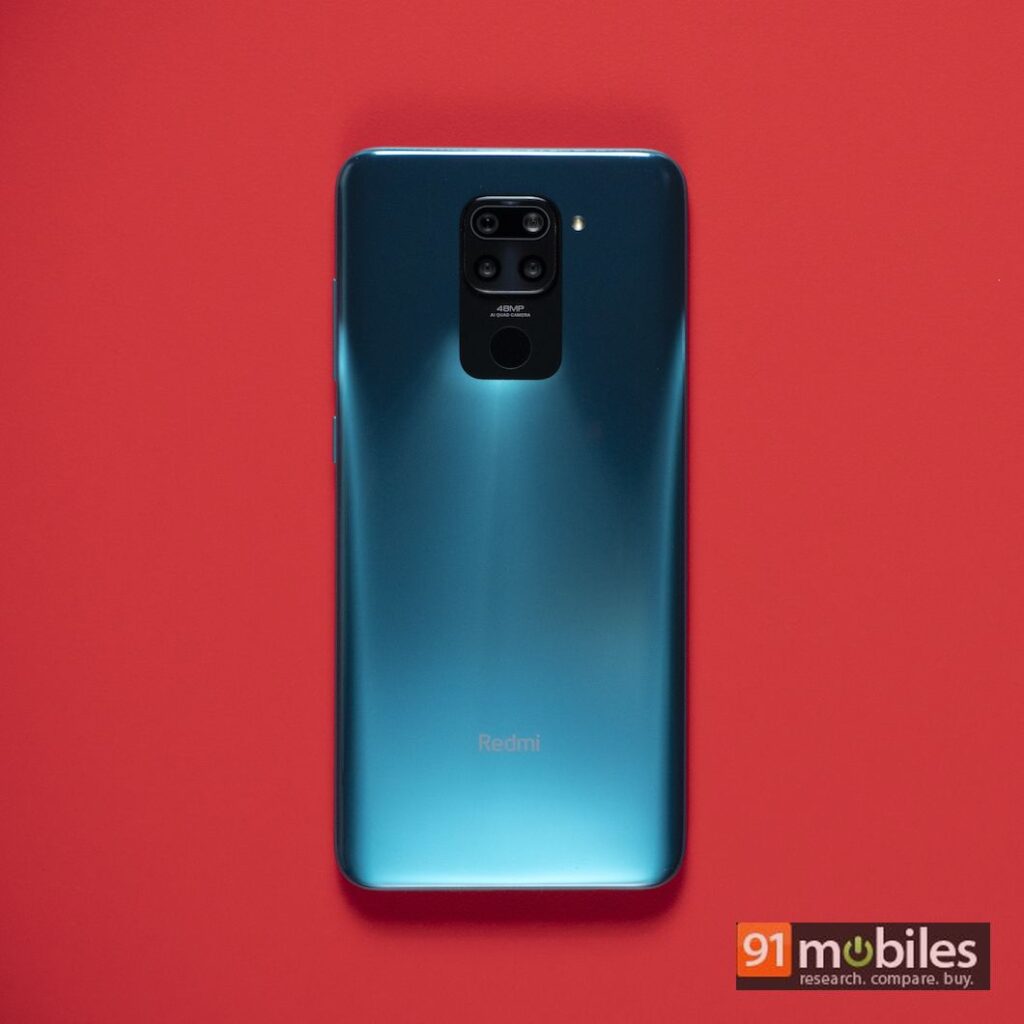
Verdict
The Redmi Note 9 comes with a familiar design and doesn’t offer that premium look and feel as the Redmi Note 9 Pro. That being said, the phone does offer powerful hardware and a long-lasting battery life with fast charging support that makes it a pretty solid all-round affordable device.
The lowdown
The Redmi Note 9 comes with a plastic unibody rear panel that curves all the way to the front to meet the Gorilla Glass 5 on the fascia. The phone comes in Pebble Grey, Arctic White, and Aqua Green colours and we received the latter option for review. The Aqua Green colour has a cloudy finish rather than glossy or reflective. It will pick up smudges and scratches along the way. Luckily, you do get a silicone case in the box to protect the phone from just that.
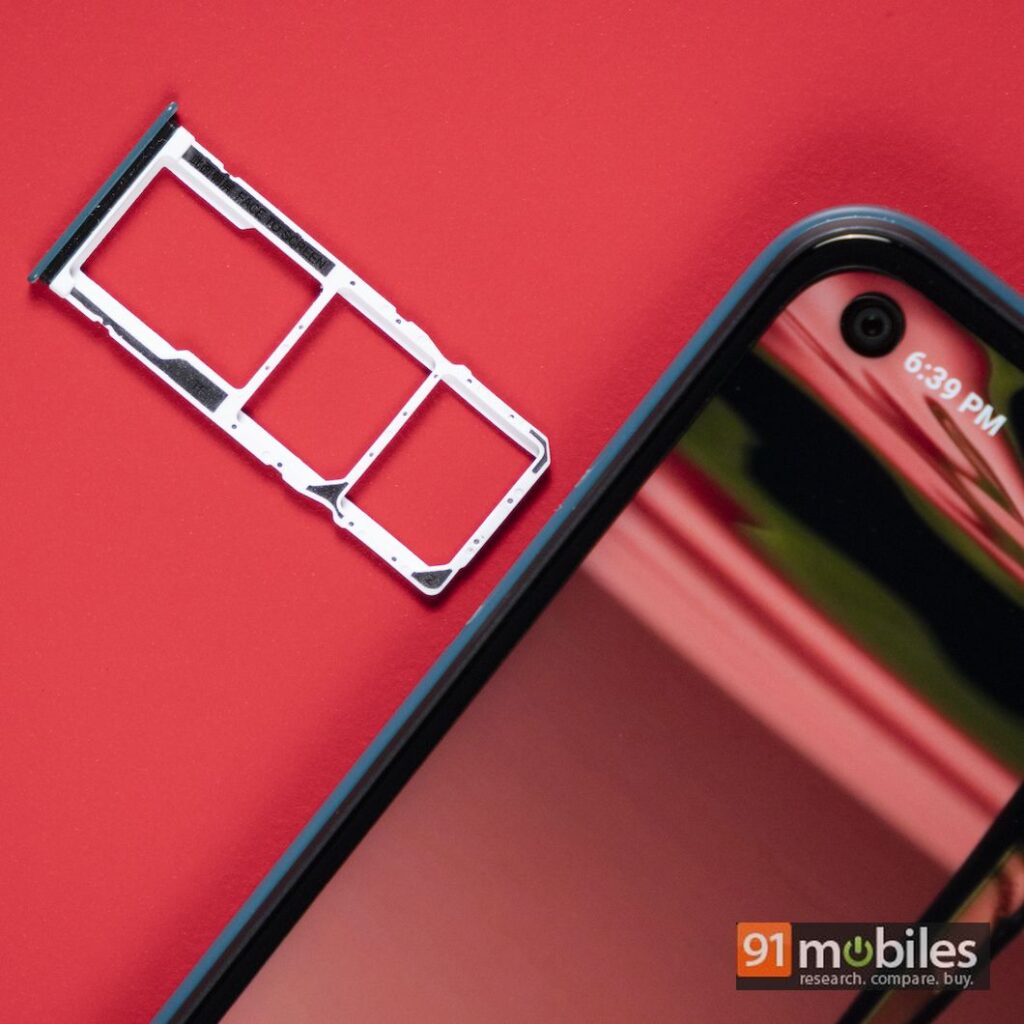
The fingerprint sensor is placed just below the square-shaped camera module. We feel the module could have been deeper to identify the sensor easily as our finger would often touch the camera module instead. The phone comes with a triple card slot for two nano-SIM cards and a microSD card. The device also gets a Type-C port at the bottom with the headphone jack and speaker grille on either sides.

Coming to the front, we see a 6.53-inch FHD+ DotDisplay, which means the phone gets a punch hole for the selfie camera on the top left corner. The display offers good brightness levels, so you won’t struggle viewing it outdoors under bright sunlight. It offers punchy and saturated colours and enough sharpness to make videos look good. The phone meets the Widevine L1 standard, which means you’ll be able to stream content on Netflix and Prime Video in full HD resolution.
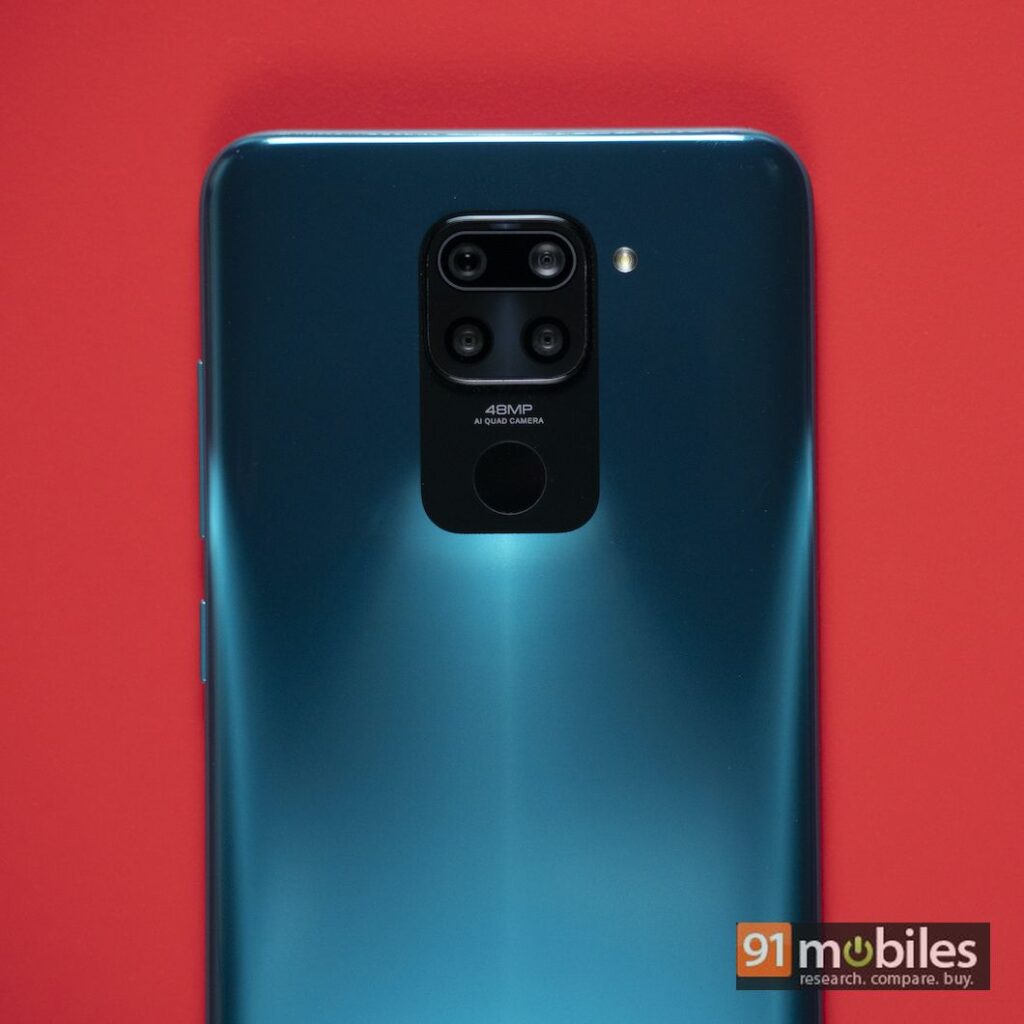
Coming to the cameras, you get a 48MP quad camera setup on the Redmi Note 9. The system includes a 48MP f/1.8 CMOS sensor, an 8MP wide-angle lens, a 2MP macro lens and a 2MP depth sensor. This is a pretty good camera setup for the price as the main camera delivers crisp and bright photos in daylight with rich colours and detail. Wide-angle photos show a slight change in colours, but still look usable in daylight. The macro lens can get up to 2cm close to a subject, resulting in some good-looking macro shots in daylight, but we did see a shift in colour temperature compared to regular close-up shots. The portrait mode can take crisp bokeh shots of the subject in daylight, but it does tend to overexpose the background. Night photography is just about average with Night mode doing little to improve things.
The Redmi Note 9 is powered by the MediaTek Helio G85 chipset paired with up to 6GB RAM. This is a gaming-centric SoC that is similar to the Helio G80 chipset, but delivers a slightly faster GPU frequency at 1GHz. The Redmi Note 9 performs well in day-to-day usage and we didn’t notice much lag or app crashes. The phone is able to run PUBG in HD + High graphics, which is pretty good for its price. During a 30-minute session, the game ran smoothly initially, but we did start noticing lags and stutters towards the second half of gameplay. The phone got slightly warm, but never alarmingly hot.
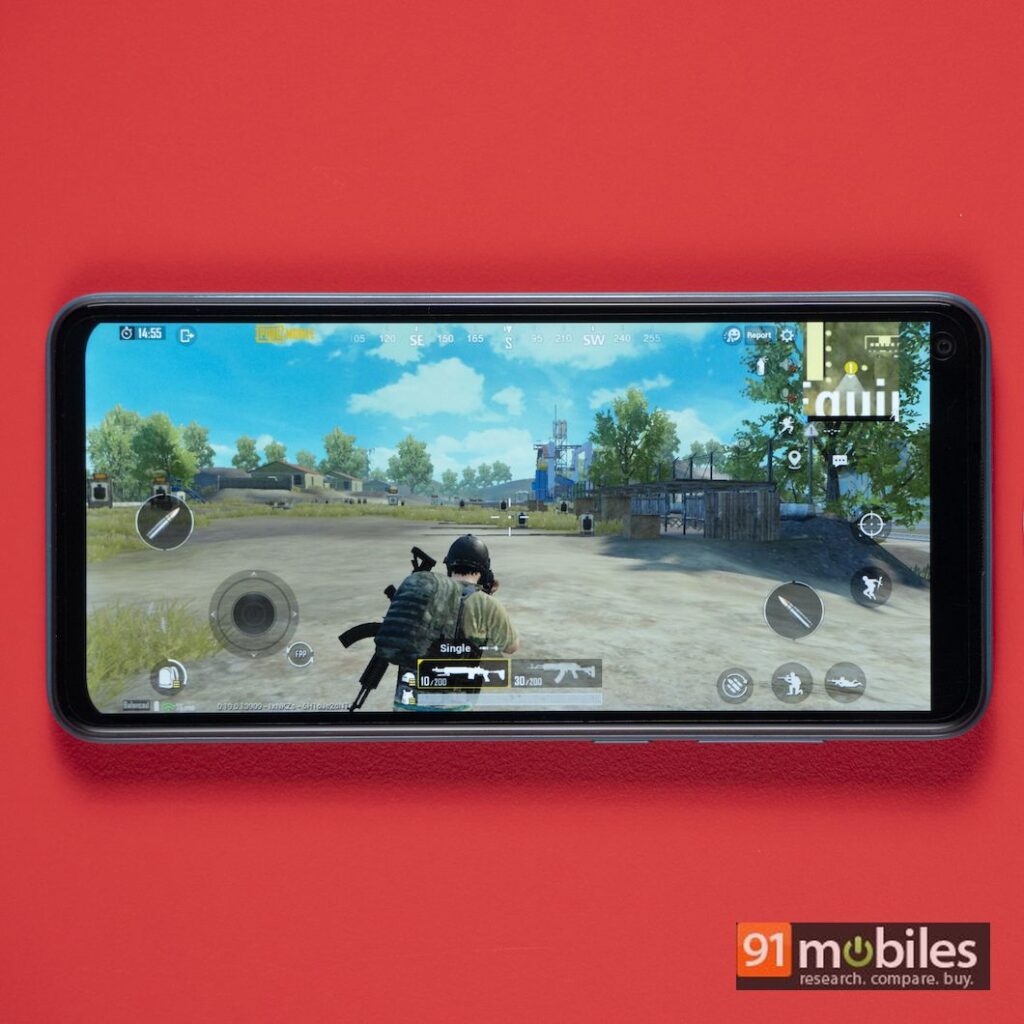
On the software side of things, the Redmi Note 9 runs Android 10 with MIUI 11.0.3 on top. The phone was on the June security patch and did not receive the July patch during the review period. The software comes with a handful of preloaded Xiaomi apps like Mi Credit, Mi Pay and other third-party apps and games like LinkedIn, Amazon, Facebook, Crazy Juicer, and so on. MIUI will show ads in places, some that can be disabled and some that you need to live with. You do have to option to enable the app drawer through Settings, finally. MIUI 11 also brings dark mode, tons of downloadable wallpapers and themes to choose from, and more.

Redmi Note 9 houses a 5,020mAh battery, which can easily take you through a day and a half on general usage that involves some gaming, video streaming, messaging and social media browsing. In our PCMark battery test, the phone lasted 13 hours and 33 minutes, which is not the best time we’ve seen in this segment, but it is still pretty good.
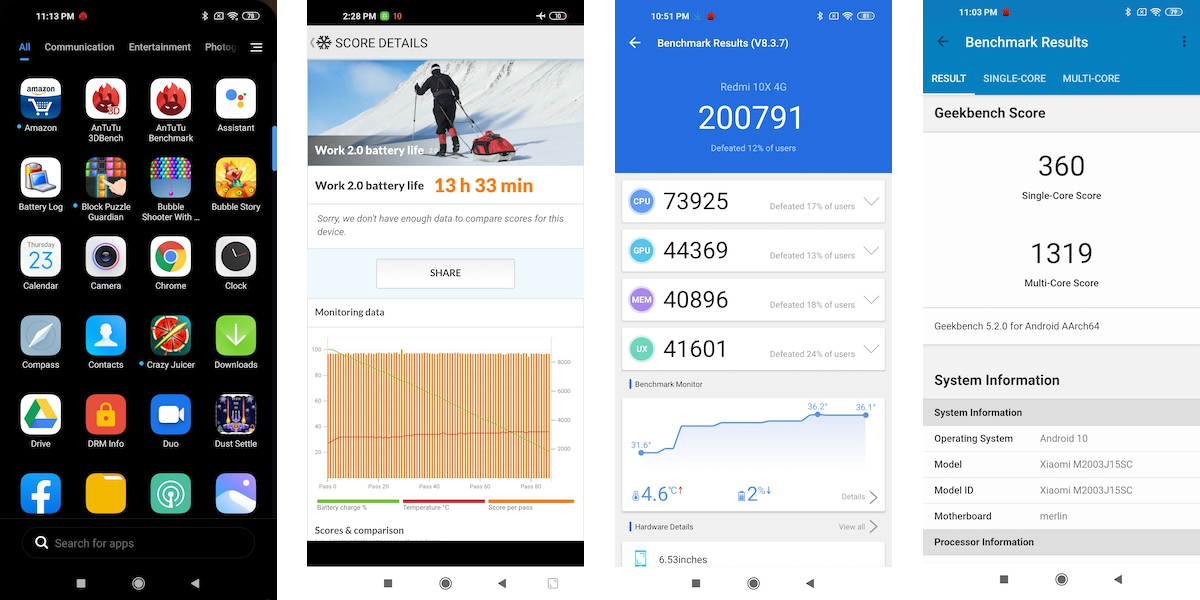
Interestingly, while the phone supports 22.5W fast charging, Xiaomi has capped the speed at 18W. So even though you get a 22.5W charger in the box, it will only juice up the phone at a rate of 18W and this takes roughly two and a half hours to fully charge the device. Xiaomi says it will push out an OTA update in the future that will enable 22.5W charging, which should further reduce the charging time.
Final verdict
The Redmi Note 9 comes with a reasonable starting price of Rs 11,999. For this price, you get a phone that delivers a long-lasting battery life and an attracting FHD+ display and a decent gaming processor. However, the phone starts to look underwhelming when you look at the variants priced at Rs 13,499 and Rs 14,999. At these prices, we feel the Redmi Note 9 Pro is a better option as it offers a faster Snapdragon 720G chipset, better cameras, and a more premium design. Another phone worth looking at under Rs 15,000 is the Realme 6i, which gets a smooth 90Hz display, a powerful MediaTek Helio G90T SoC and 30W fast charging support. The Redmi Note 9 is a fine addition to the Note family and is definitely worth buying at its starting price of Rs 11,999, but there are better options available when one moves higher up the price ladder.
Editor’s rating: 3.5 / 5
Pros
- Solid battery life
- Crisp 1080p display
- Decent cameras
Cons
- Competition offers better performance
- Average design
- Night mode could be better
 | Rs. 13,290.00 | Go To Store |
 Xiaomi Redmi Note 9 Xiaomi Redmi Note 9 | vs |  realme 6i realme 6i |
 Xiaomi Redmi Note 9 Xiaomi Redmi Note 9 | vs |  Xiaomi Redmi Note 9 Pro Xiaomi Redmi Note 9 Pro |





















